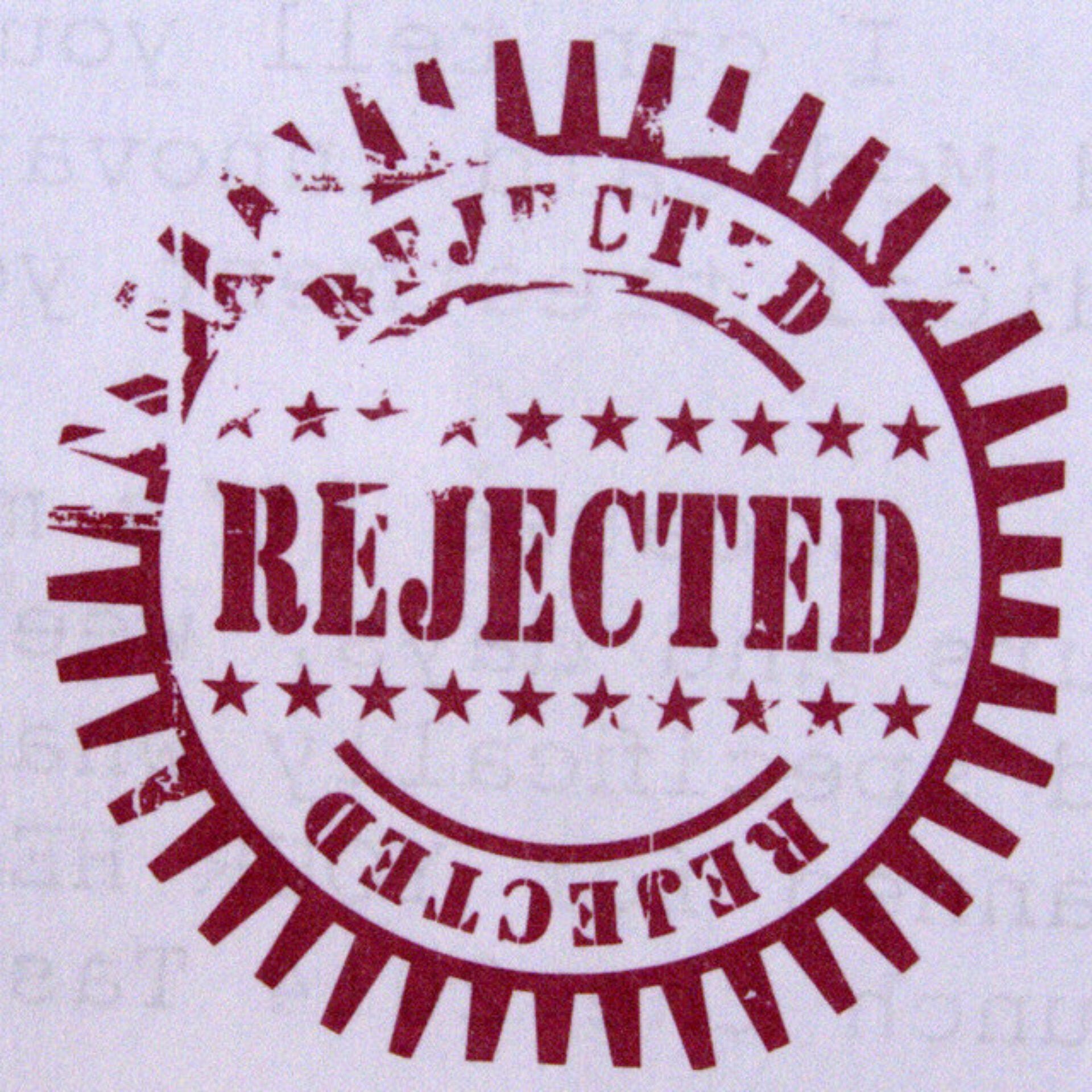
FERC Says No to Resilience NOPR
Yesterday, facts (the real ones, not the alternative kind) ruled the day at FERC, as the commission unanimously rejected the proposal from Department of Energy (DOE) Secretary Rick Perry to guarantee cost recovery to merchant nuclear and coal plants that store 90 days of fuel on site.
FERC’s January 8th order came down harsh on DOE’s notice of proposed rulemaking on grid reliability and resilience pricing (Resilience NOPR), in no uncertain terms.
The order noted the NOPR “…did not satisfy those clear and fundamental legal requirements…” (14) of section 206 of the Federal Power Act, which required the proposal to show how the relevant existing market rules are unjust, unreasonable, unduly discriminatory or preferential, and how the new proposed rules are in fact just, reasonable, and not unduly discriminatory or preferential.
More specifically, FERC rejected claims that alleged grid reliability or resilience issues related to potential coal and nuclear retirements is proof that existing market rules of regional transmission organization (RTO) or independent system operator (ISO) are unjust or unreasonable. FERC also points out that comments from RTO/ISOs indicate that past or planned generator retirements are not a threat to grid resilience.
Furthermore, FERC took issue with the NOPR’s proposed solution that all eligible units could receive cost-based compensation without regard for costs to, or needs of, the system. In essence, the proposed fix isn’t just or reasonable. And because the proposed solution would prevent certain resources (e.g. those that do not have 90 days of fuel on site) with resilience attributes from receiving this special rate, it cannot pass the unduly discriminatory or preferential test.
As a result of these failures, the order notes “we have no choice” (14) but to terminate the proceeding.
This was an encouraging decision from FERC, reaffirming the independence of the agency (note four of the five commissioners are Trump appointees, and there is a Republican majority) and the importance of facts in its decision making.
After being rebuked by FERC, DOE Secretary Perry stated that as intended, his proposal “…initiated a national debate on the resiliency of our electric system.” And ultimately, he is right. His proposal began a ferocious and fiery debate, and now, FERC’s January 8th order will continue the effort in earnest.
That’s because FERC’s order not only terminated the Resilience NOPR docket, it also opened a new docket (AS18-7-000) entitled “Grid Resilience in Regional Transmission Organizations and Independent System Operators.”
The goals of the new dockets include developing a common definition of resilience and what it requires, learning how RTO/ISOs assess resilience and mitigate threats to resilience in their jurisdictions, and then using this information to determine if additional action is needed by the commission to promote resilience.
The new docket begins by asking key questions exploring resilience with a 60-day comment period for the RTO/ISOs, and a 30-day reply comment period for other stakeholders. The questions posed by FERC are excellent and represent a meaningful way to advance progress on enhancing resilience. I highly recommend reading them.
In reaction to FERC’s NOPR rejection, the Nuclear Energy Institute issued a statement at the end of which pointing towards price formation policy as a next step to promote resilience.
PJM promoted price formation reforms in its comments and reply comments to the Resilience NOPR. However, FERC’s order states the existing record on price formation was not sufficient to support the NOPR’s proposed guaranteed rate solution.
Deeper in the order’s footnotes, FERC asserts previous price formation dockets focus on facilitating competition and did not attempt to make a connection to bulk power system resilience. It will be interesting to see if a nexus between price formation and bulk power system resilience is established in the new docket.
Meanwhile, coal tycoon Bob Murray is calling on Trump to fire his FERC appointees for failing to help coal. Murray asserts the recent cold spell is proof coal is needed to hold down energy prices and maintain reliability and resilience. Unfortunately for Murray, in the frosty first cold week of January, the 41 coal units rated between 300-599 MWs in PJM had the highest forced outage rate (14.093) of all other generators in the RTO.
While Perry and other supporters of the Resilience NOPR frequently cited the 2014 polar vortex experience as evidence of the need to promote the long-term on-site fuel storage benefits of coal and nuclear, FERC’s decision comes just one day after the same competitive markets targeted by Perry’s proposal (e.g. PJM, ISO-NE, NY-ISO) successfully navigated a prolonged cold spell (Dec 27 – Jan 7) rivaling 2014.
Christina Simeone
Kleinman Center Senior FellowChristina Simeone is a senior fellow at the Kleinman Center for Energy Policy and a doctoral student in advanced energy systems at the Colorado School of Mines and the National Renewable Energy Laboratory, a joint program.

